Cheoneunsagyegok Valley (Wonju) (천은사계곡(원주))
2025-01-17
Gwirae-ri, Gwirae-myeon, Wonju-si, Gangwon-do
033-737-4579
Cheoneunsagyegok Valley is located at the entrance to the hiking trail to Baegunsan Mountain. The area is adorned with a diverse array of tree species, including pine trees, creating an ideal environment for woodland walks. Stretching for about 500 meters from the entrance to Cheoneunsa Temple, the valley features clear, cool waters and broad rocks, making it a favored destination for summer vacationers.
Songjeonhaebyeon Beach (송전해수욕장)
2024-02-05
21-7 Songjeon-ri, Sonyang-myeon, Yangyang-gun, Gangwon-do
This beach ranks among Korea's most favored surfing destinations. With its pristine white sand, it stretches 900 meters in length and 80 meters in x_width, and has a depth of 1 meter. It holds the distinction of being the second largest and longest white sand beach in Yangyang-gun, following Naksanhaebyeon Beach. Notably, the water here is so clean and clear that visitors can enjoy clamming.
Chiaksan Recreational Forest (치악산자연휴양림)
2024-02-16
66 Hyuyangnim-gil, Panbu-myeon, Wonju-si, Gangwon-do
Chiaksan Recreational Forest is a national recreational facility situated in Chiaksan Mountain. It provides accommodations with capacities ranging from three to ten people. The facility is also equipped with outdoor observatories, walking trails, and hiking trails for nature enthusiasts. Each accommodation unit permits individual barbecues, apart from the Red Clay Room. Additionally, the facility offers a variety of experience programs, including the Guided Chiaksan Forest Tour and woodcraft experience programs, which are available outside the winter season.
Geumdaegyegok Valley (금대계곡)
2024-02-16
546-22 Chiak-ro, Panbu-myeon, Wonju-si, Gangwon-do
Geumdaegyegok Valley is the most frequented destination for visitors to Chiaksan National Park. Known for its clear and cool waters, which flow gently and are not too deep, it presents an ideal location for summer swimming. However, it's important to note that the valley is only open temporarily during the summer season. Visitors should check the specific opening days in advance to plan their visit accordingly.
Pinocchio Youth Center (피노키오청소년수련원)
2024-02-16
88 Soya 1-gil, Sillim-myeon, Wonju-si, Gangwon-do
Pinocchio Youth Center, nestled in the Pinocchio Recreational Forest within Chiaksan Mountain, encompasses a comprehensive complex that includes the training center, a campground, and a caravan campsite. It is designed primarily for group visitors, catering to a variety of needs such as corporate training sessions, educational programs for schools, church groups, and family outings. The center offers a range of outdoor experience facilities, including the Forest Challenge, an Original Arborvitae Maze, Forest Experience, and various trekking courses.
Buyeondong Village (부연동마을)
2024-03-18
1298 Samsan-ri, Yeongok-myeon, Gangneung-si, Gangwon-do
Located at the foot of Odaesan Mountain, north of Gangneung, Buyeondong Village maintains the historic appearance and traditions of Korea's rural villages from the past. It is also known as Gamaso Village, named after the local Buyeondonggyegok Valley that runs through it. Both the valley and the village boast clear and beautiful scenery. Due to its remote location, the village is not served by public buses. It can be reached by car in about 40 minutes from Gangneung Station.
Yeongwol Seopdari Village (영월섶다리마을)
2024-02-16
Panun-ri, Jucheon-myeon, Yeongwol-gun, Gangwon-do
This village is renowned for its crystal-clear waters and vibrant greenery. Adding to its charm is the Seopdari Bridge, a unique structure crafted from wood and other plant materials, which becomes a highlight in wintertime. The bridge is installed in October when the river level decreases, and it remains in place until the onset of rainfall the following year. One of its most distinctive features is the Y-shaped pier, which, along with the bridge's unique design, creates a striking silhouette against the stunning natural backdrop of Yeongwol.
Geumjinhaebyeon Beach (금진해변)
2024-03-18
176-2 Geumjin-ri, Okgye-myeon, Gangneung-si, Gangwon-do
Located to the south of Gangneung, Geumjinhaebyeon Beach stretches over 900 meters in length and covers an area of 63,000 square meters. It is known for its fine white sand beach and shallow waters with a gentle slope, making it a favorite spot for family visitors. Surfing enthusiasts can take advantage of surfing lessons offered at the beach. Additionally, while in the area, visitors can also explore the nearby Geumjin Hot Springs.
Simwonsa Temple (심원사(철원))
2024-03-20
58 Sangno 1-gil, Dongsong-eup, Cheorwon-gun, Gangwon-do
This thousand-year-old temple is revered as a sanctuary dedicated to the living Ksitigarbha Bodhisattva. The temple complex comprises various buildings, including Daeungjeon Hall, Myeongbujeon Hall, and Samseonggak Hall. Myeongbujeon Hall is particularly notable as it enshrines the statue of Ksitigarbha, which has been designated a Treasure of Korea. It is believed that if one prays earnestly, a single wish will be granted. This belief continues to draw Buddhists on pilgrimages, eager to experience the spiritual wonder of this revered sculpture.
Gangneung Moraenae Hangwa Village (Galgol Hangwa) (강릉 모래내한과마을(갈골한과)
2025-01-17
20 Hangwamaeul-gil, Sacheon-myeon, Gangneung-si, Gangwon-do
Gangneung Moraenae Hangwa Village enterprise specializes in producing hangwa (traditional Korean sweets). These sweets are crafted using age-old methods that have been passed down through generations in the village. Additionally, visitors have the oppotunity to sign up for a traditional hangwa-making experience, although it is important to note that reservations must be made in advance via telephone. The enterprise is conveniently located 12 kilometers from Gangneung Station, a mere 15-minute drive by car.
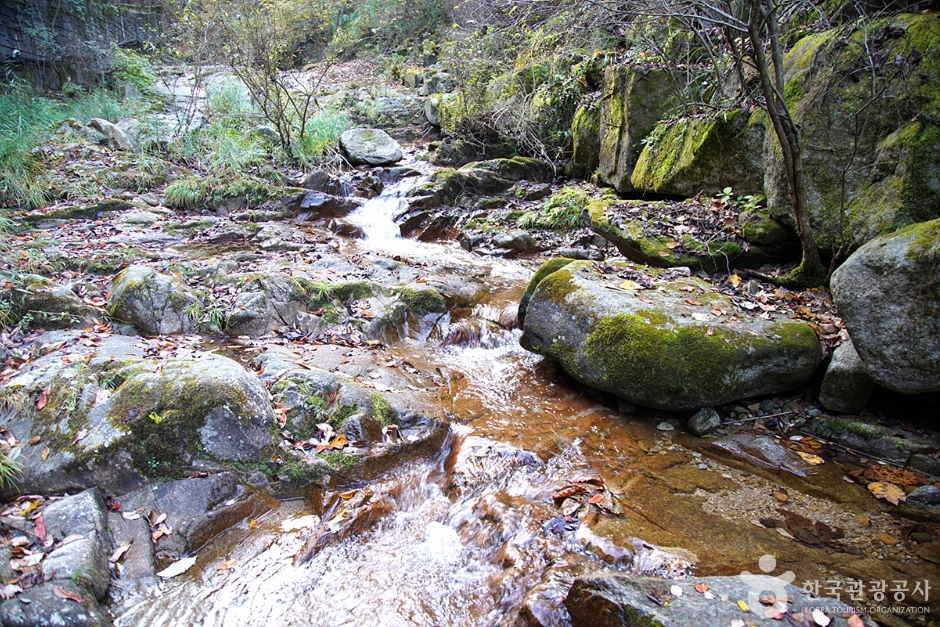
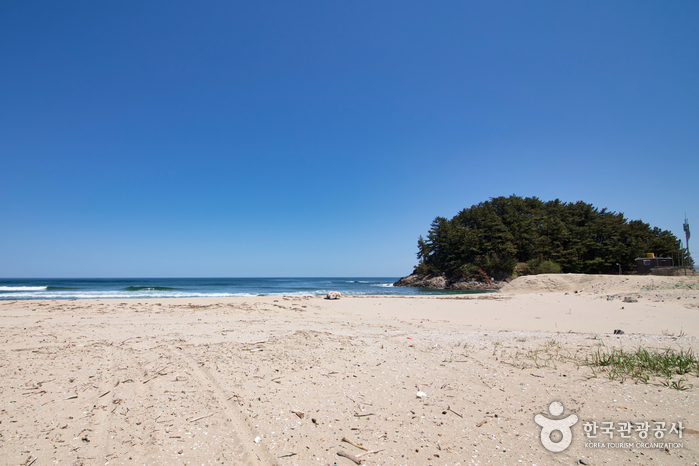
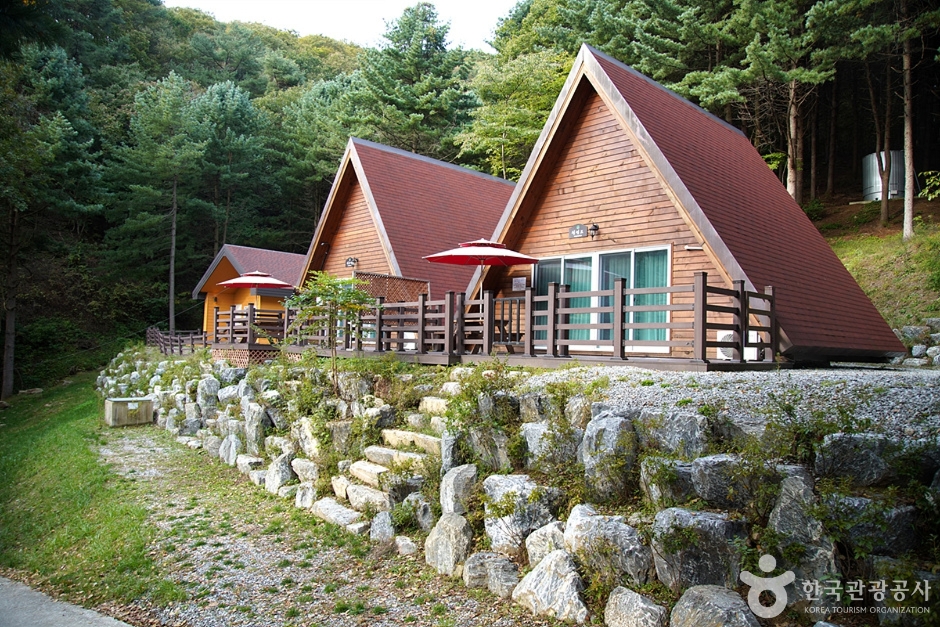
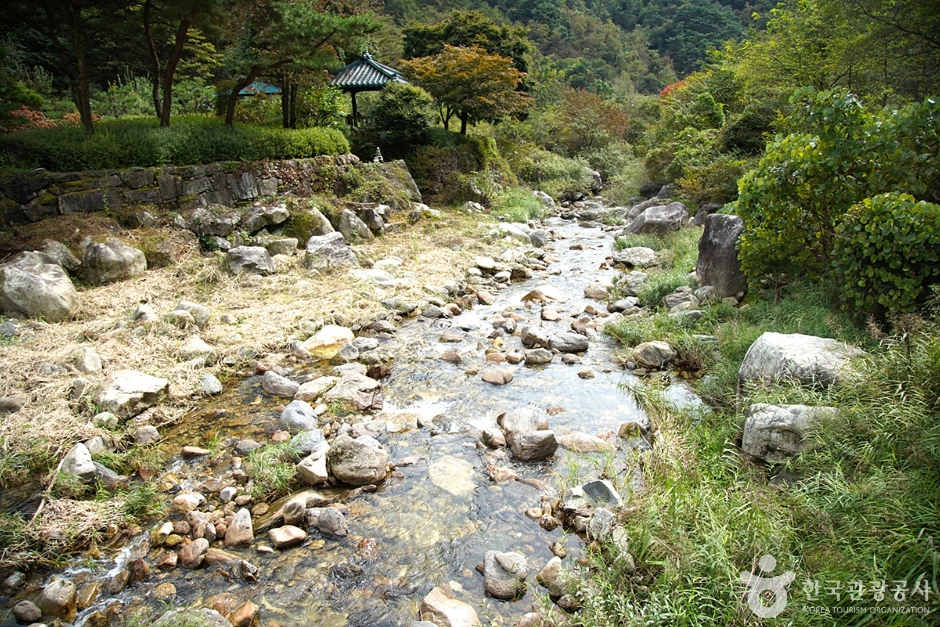
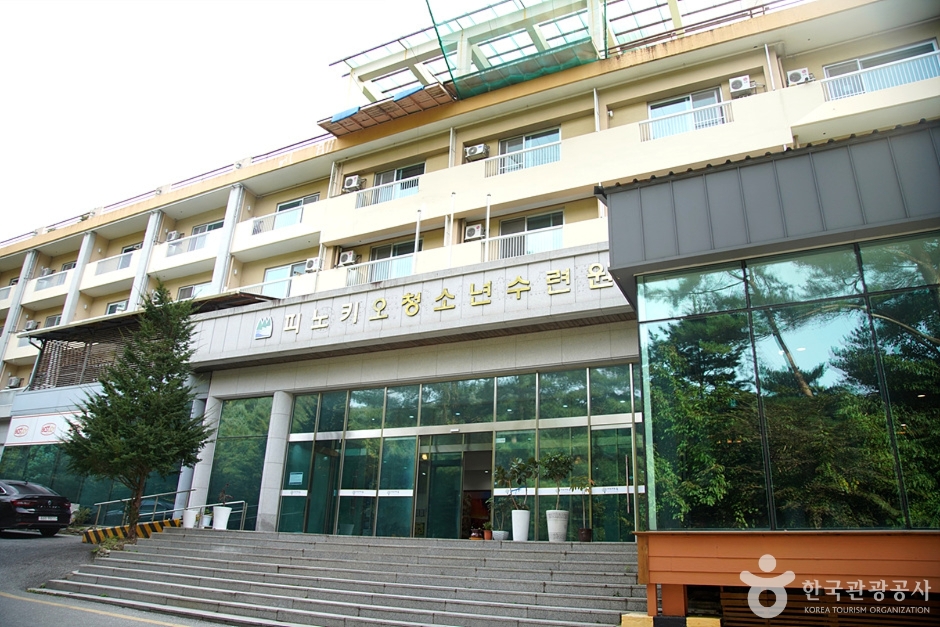
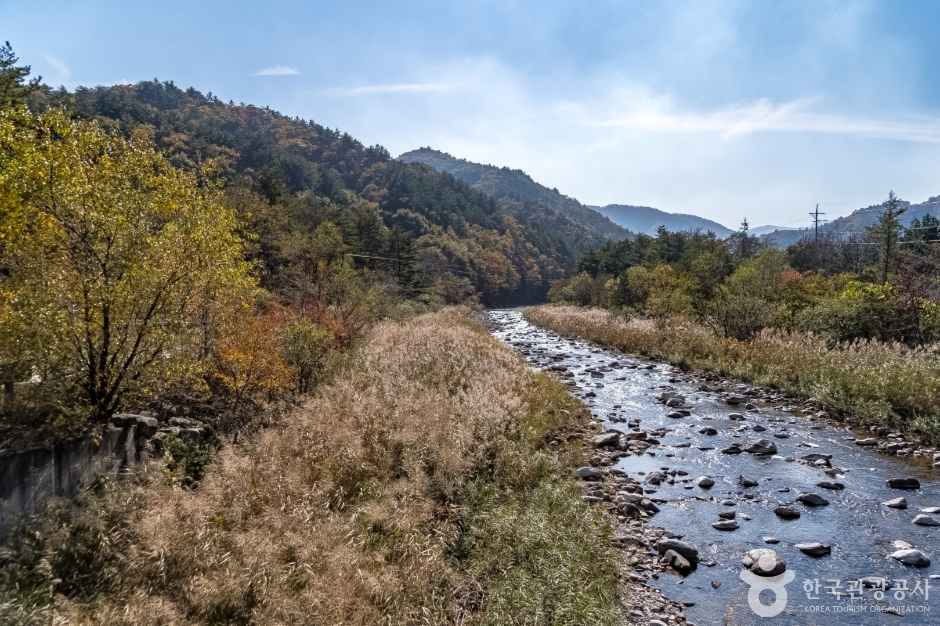
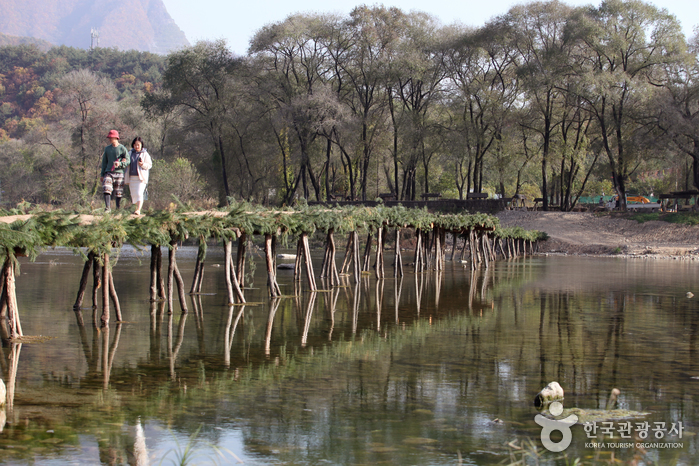
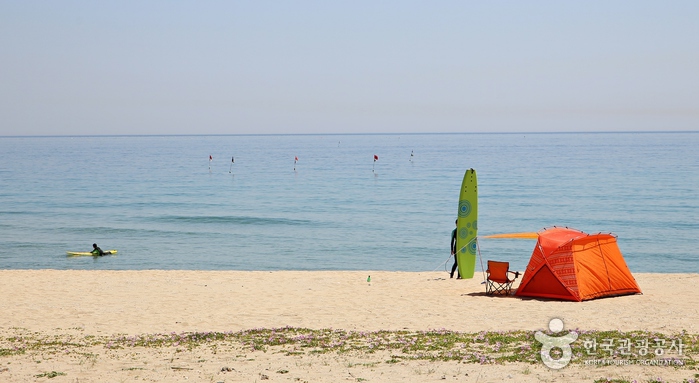
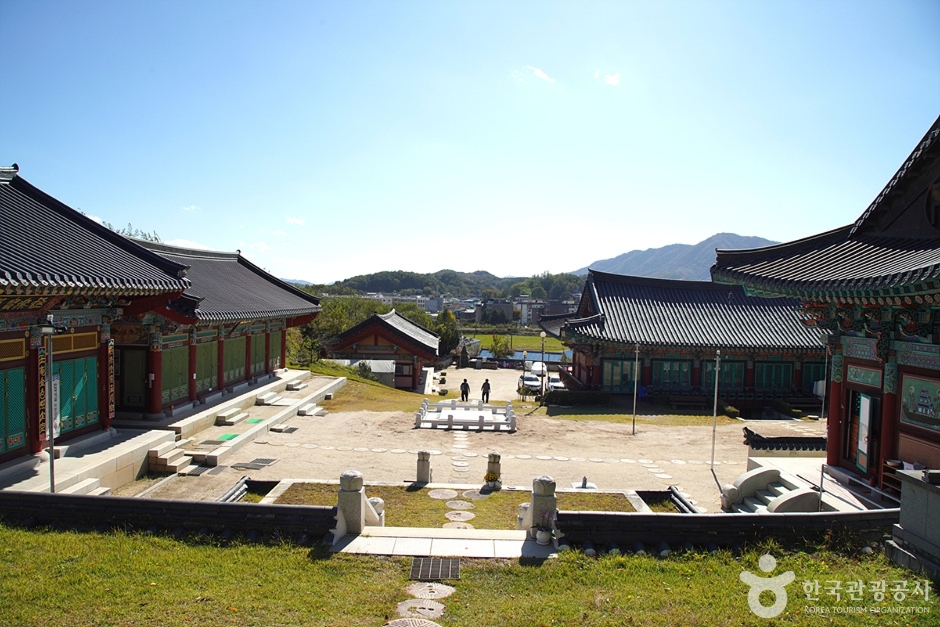
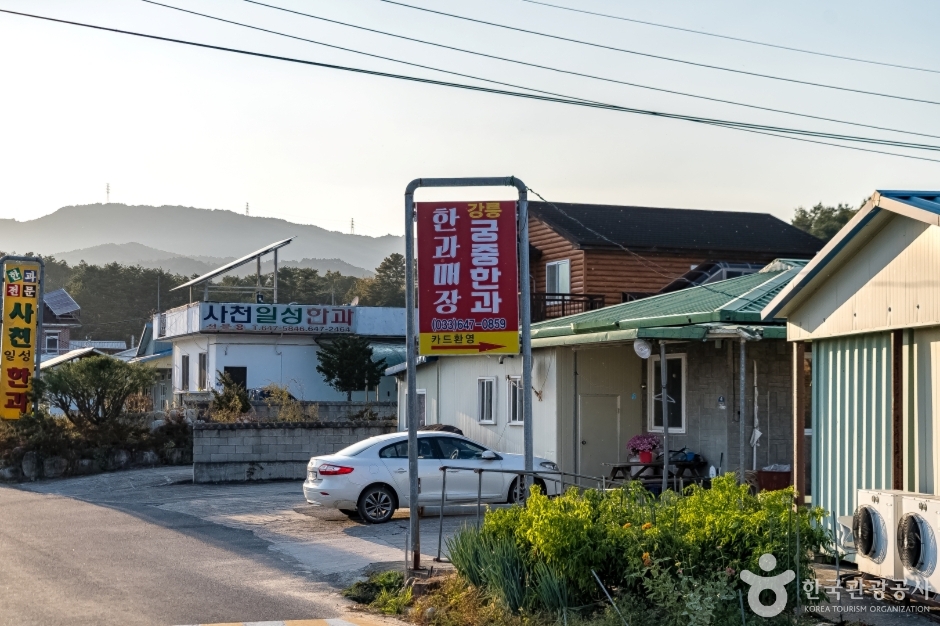
 English
English
 한국어
한국어 日本語
日本語 中文(简体)
中文(简体) Deutsch
Deutsch Français
Français Español
Español Русский
Русский